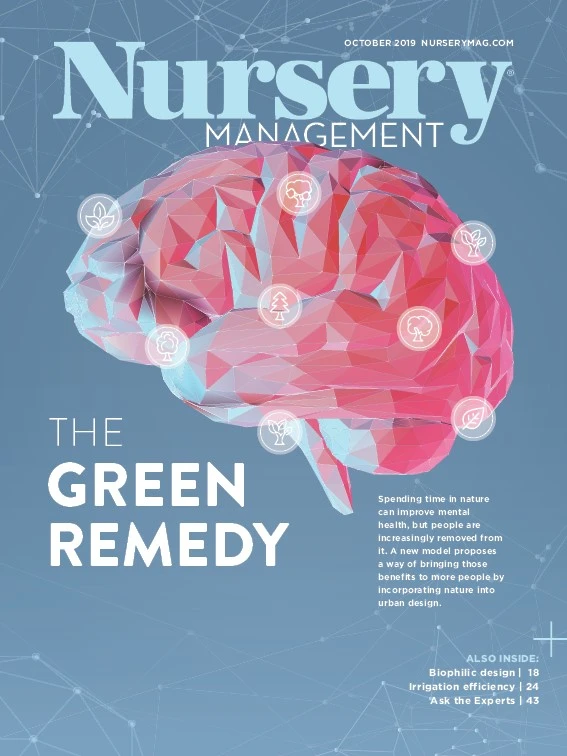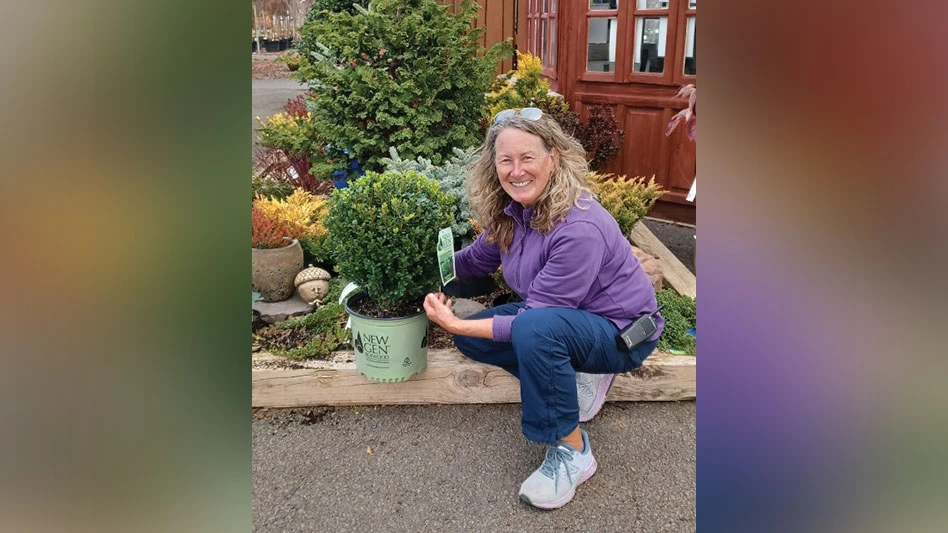
Growers have a lot of variables and worries in their work. Their growing media shouldn’t be one of them. Frederic Gagnon, Lambert Peat Moss agronomist, tells us how Lambert develops consistent mixes that the company’s customers trust.

1 | Why is consistency a prime objective for Lambert?
When you have consistency in the mix, you will make the life of the grower a lot easier. It will help a lot if you receive a mix that will drain and react the same each time. A new crop will require almost the same watering and fertilization frequency because of the drainage of the mix, air space and porosity. You have enough to adjust with the weather each year. You don’t really want to deal with the mix on top of that. You can rely on this component and concentrate your efforts to adjust the other components that change from season to season.
2 | How does Lambert keep its mixes consistent?
If you can have standard processes to prepare the field and harvest the raw product, that will help you at the second step, screening. Our screening system permits almost endless possibilities. We can achieve almost every peat grade that could be asked for by the customer and we can replicate it each time. That flexibility is very important. For the customer, it’s important to receive a mix that will have the same physical properties from batch to batch, season after season.
After you screen the peat and produce your mix, it’s important to have good quality control at the end. We apply vigorous processes to ensure that all specifications are met before allowing production to be transferred to the transportation department for delivery. In any case, if one specification is not met, production will be on hold and not allowed to leave our yard. When you let the product go, you are responsible and you have to make sure the customer receives a product in total compliance with the specification they expect.
3 | What are some examples of quality control measures Lambert has taken?
Consider the EcoPeat series of mixes, one of Lambert’s newer products. It’s made with a natural fiber from the peat bog used to produce mixes with an exceptional ratio of air porosity and water holding capacity. We took many years to test EcoPeat Mixes (EPM), so when we released them and started marketing them, we were really comfortable with that product. Now, it’s a really good seller for us. The consistency of the components is the key of that mix line. At the beginning it was not so easy to always have the same grade. We needed to make a lot of adjustments. But when you can achieve exactly the same grade from batch to batch, whether it’s -25 degrees outside or +25 degrees, you are very proud of it.
We always take the necessary time to make the adjustments and test it before putting a new product on the market. We have growers willing to do a half-acre or a couple tables in the greenhouse with a new suggestion we bring to them and trial it in “real life” conditions.
4 | How do you handle growers who have different needs?
We receive a lot of requests for fine-tuning options. It’s not always a big difference, but when you can make an adjustment to help the customer to get exactly what they’re looking for, whether it’s lower pH or a mix with no N-P-K, customers really appreciate that.
Most nursery growers for example are working with EPM-40, the High Porosity Mix. It’s perlite-free and includes Canadian sphagnum peat moss and EcoPeat. It’s ideal for large containers, perennials and nursery crops.
The same principles also apply for germination mixes. You need good seed contact between the peat moss and the seed, but you also need air space. You cannot afford to have big sticks or big chunks in the mix because they will not fill the trays correctly. But at the same time, you also do not want only fines. You have to make the adjustments to make sure you have a mix that allows good seed contact and at the same time will not clog the machinery, or clog cells in the trays. Consistency is important whether you sell a truckload or just a couple pallets because every customer is important.
For more: www.lambertpeatmoss.com

Explore the October 2019 Issue
Check out more from this issue and find your next story to read.
Latest from Nursery Management
- The Growth Industry Episode 3: Across the Pond with Neville Stein
- What's in a name?
- How impending tariffs and USDA layoffs impact the horticulture industry
- Shifting the urban environment
- These companies are utilizing plastic alternatives to reduce horticultural waste
- How to create a sustainable plant nursery
- Lamiastrum galeobdolon ‘Herman’s Pride’
- One of rarest plants on earth: Tahina spectabilis





